#SPACE art+technology
Explore tagged Tumblr posts
Text
Athletes Go for the Gold with NASA Spinoffs
NASA technology tends to find its way into the sporting world more often than you’d expect. Fitness is important to the space program because astronauts must undergo the extreme g-forces of getting into space and endure the long-term effects of weightlessness on the human body. The agency’s engineering expertise also means that items like shoes and swimsuits can be improved with NASA know-how.
As the 2024 Olympics are in full swing in Paris, here are some of the many NASA-derived technologies that have helped competitive athletes train for the games and made sure they’re properly equipped to win.
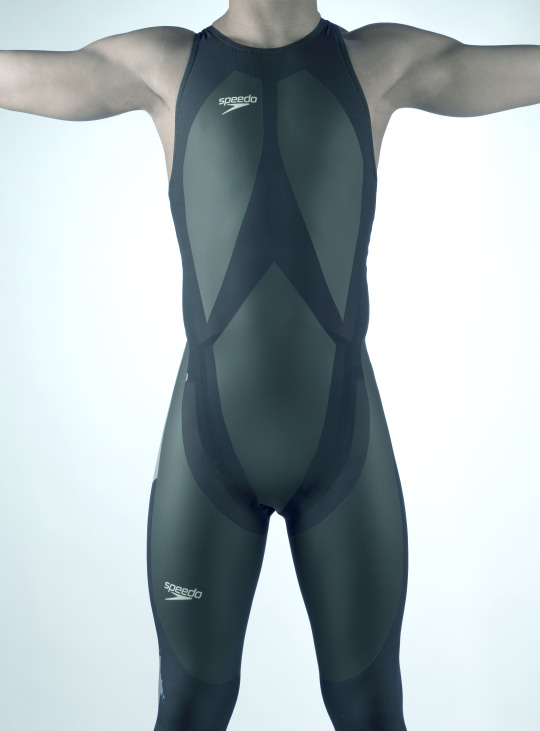
The LZR Racer reduces skin friction drag by covering more skin than traditional swimsuits. Multiple pieces of the water-resistant and extremely lightweight LZR Pulse fabric connect at ultrasonically welded seams and incorporate extremely low-profile zippers to keep viscous drag to a minimum.
Swimsuits That Don’t Drag
When the swimsuit manufacturer Speedo wanted its LZR Racer suit to have as little drag as possible, the company turned to the experts at Langley Research Center to test its materials and design. The end result was that the new suit reduced drag by 24 percent compared to the prior generation of Speedo racing suit and broke 13 world records in 2008. While the original LZR Racer is no longer used in competition due to the advantage it gave wearers, its legacy lives on in derivatives still produced to this day.
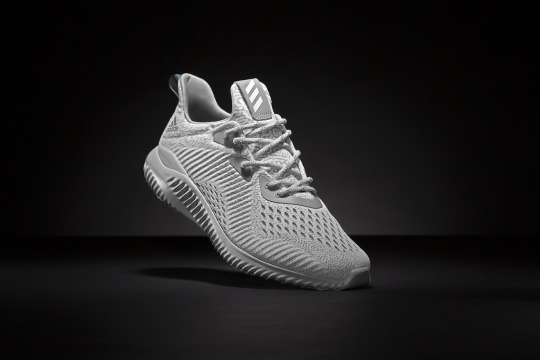
Trilion Quality Systems worked with NASA’s Glenn Research Center to adapt existing stereo photogrammetry software to work with high-speed cameras. Now the company sells the package widely, and it is used to analyze stress and strain in everything from knee implants to running shoes and more.
High-Speed Cameras for High-Speed Shoes
After space shuttle Columbia, investigators needed to see how materials reacted during recreation tests with high-speed cameras, which involved working with industry to create a system that could analyze footage filmed at 30,000 frames per second. Engineers at Adidas used this system to analyze the behavior of Olympic marathoners' feet as they hit the ground and adjusted the design of the company’s high-performance footwear based on these observations.

Martial artist Barry French holds an Impax Body Shield while former European middle-weight kickboxing champion Daryl Tyler delivers an explosive jump side kick; the force of the impact is registered precisely and shown on the display panel of the electronic box French is wearing on his belt.
One-Thousandth-of-an-Inch Punch
In the 1980s, Olympic martial artists needed a way to measure the impact of their strikes to improve training for competition. Impulse Technology reached out to Glenn Research Center to create the Impax sensor, an ultra-thin film sensor which creates a small amount of voltage when struck. The more force applied, the more voltage it generates, enabling a computerized display to show how powerful a punch or kick was.
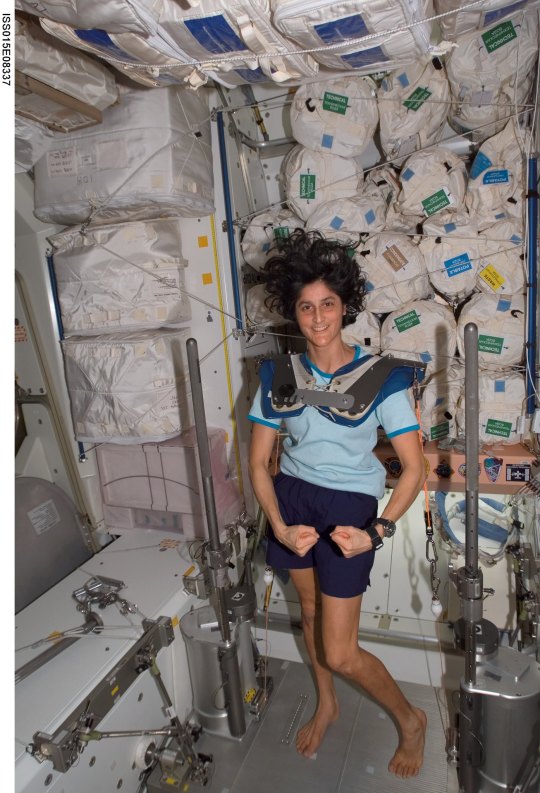
Astronaut Sunita Williams poses while using the Interim Resistive Exercise Device on the ISS. The cylinders at the base of each side house the SpiraFlex FlexPacks that inventor Paul Francis honed under NASA contracts. They would go on to power the Bowflex Revolution and other commercial exercise equipment.
Weight Training Without the Weight
Astronauts spending long periods of time in space needed a way to maintain muscle mass without the effect of gravity, but lifting free weights doesn’t work when you’re practically weightless. An exercise machine that uses elastic resistance to provide the same benefits as weightlifting went to the space station in the year 2000. That resistance technology was commercialized into the Bowflex Revolution home exercise equipment shortly afterwards.
Want to learn more about technologies made for space and used on Earth? Check out NASA Spinoff to find products and services that wouldn’t exist without space exploration.
Make sure to follow us on Tumblr for your regular dose of space!
2K notes
·
View notes
Text

Kidpix commission for @incrediblysincere!
#put off posting this batch bc I was hoping to have some more original art done to space it out a bit from the previous one. and then I didnt#augh#commissions#art#digital art#kidpix#kid pix deluxe 4#other people's OCs#this was the piece where I figured out how to distort backgrounds separately from the character#revolutionary breakthrough in kidpix technology
921 notes
·
View notes
Text

SPACEX84
#spacex#scifi#science fiction#dystopian#retrofuture#retro computing#retro computer#retro#cyberpunk#pop art#technology#scifi art#digital art#user interface#elon musk#space#mars#photoshop#graphic art#1984
232 notes
·
View notes
Text

Oric Vortex
#art#nostalgia#1980s#vaporwave#aesthetic#vintage#magazine#1990s#neon colors#neon#retrowave#retro computing#retro tech#illustration#90s aesthetic#90s#80s aesthetic#80s#technology#tech#retro aesthetic#retro#computer science#computer#computers#hardware#software#pc#space#retro gaming
198 notes
·
View notes
Text

The Lick telescope, length 57 feet (17.37 m), diameter of object glass 36 inches (91.4cm), total weight 40 tons (33,000kg). Published: Cleveland, O. : W.J. Morgan & Co. Lith., c1889 April 8.
553 notes
·
View notes
Text

Syd Mead, space station concept art, c. 1970s.
351 notes
·
View notes
Text

1999 - TDK XS-iV Design Line L.E. Devrialem MD74
#99#90s#1999#1990s#art#blue#cd#cybercore#cyber y2k#design#earth#electronic#future#futuristic#futurism#graphic design#graphics#green#illustration#kaybug#minidisc#photography#space#tdk#tech#technology#y2kcore#y2kore#y2k aesthetic#y2k art
71 notes
·
View notes
Text

Technology for Youth magazine (1979)
#art#ussr#soviet art#cosmonaut#space race#magazine#poster#technology for youth#artist unknown#space art
36 notes
·
View notes
Text

#photography#photooftheday#art#artoftheday#nature#naturephotography#landscape#nature lovers#landscapes#my photos#photographer#photography art#photo#technology#artificial intelligence#artwork#digital art#photograph#space#astronomy#galaxy#universe#outer space
116 notes
·
View notes
Text



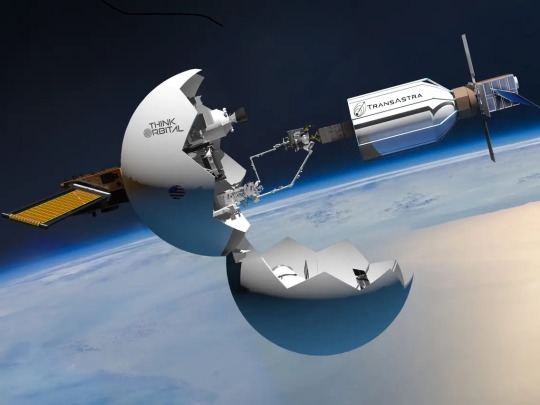
TransAstra's "Flytrap"
In the middle of a space flight, an astronaut heard a massive bang. He looked up and saw a piece of space junk embedded in the window of the shuttle.
If the debris had been bigger, it could have blown out the window, and the crew would have all died, the astronaut told Joel C. Sercel, the founder and CEO of TransAstra.
The European Space Agency estimates over 330 million pieces of space debris are circling the Earth. Space debris can reach speeds up to 17,500 mph and pose a risk to astronauts, shuttles, and satellites.
TransAstra's Flytrap bags were initially developed to capture asteroids that, in the future, could be mined for rare elements.
#art#cosmos#cosmic#universe#blast#space#nasa#transastra#flytrap#junk#space junk#ESA#science#technology#sustainability
88 notes
·
View notes
Text

48 notes
·
View notes
Text

Finally finished! I decided to draw a few Sailor Moon girls, and the first one is Sailor Mercury :]
#nkouneli#artists on tumblr#artwork#digital art#my art#space#stars#technology#sailor moon#sailor mercury#anime and manga#anime#anime art#anime fanart#manga#art
20 notes
·
View notes
Text

NES - Planet Defense Ring
pixel_dailies : orbit : 10/22/24
#animation#pixel art#pixel artist#pixel art animation#looping animation#digital animation#digital art#2d animation#pixel dailies#artists on tumblr#planet#spaceship#space#moon#ring#defense#technology#scifi
13 notes
·
View notes
Text

The New Millennium in your Hands
#art#nostalgia#1980s#vaporwave#aesthetic#vintage#magazine#1990s#neon#space#retrowave#retro cgi#retro tech#technology#tech#illustration#nature#amiga#retro computing#computer science#computers#computer#software#future#scifi#80s style#80s aesthetic#80s#90s#90s aesthetic
349 notes
·
View notes
Text
Air Wonder Stories, (Gernsback, 1929-30). It was an American science fiction magazine published in 1929 and 1930 by Hugo Gernsback.
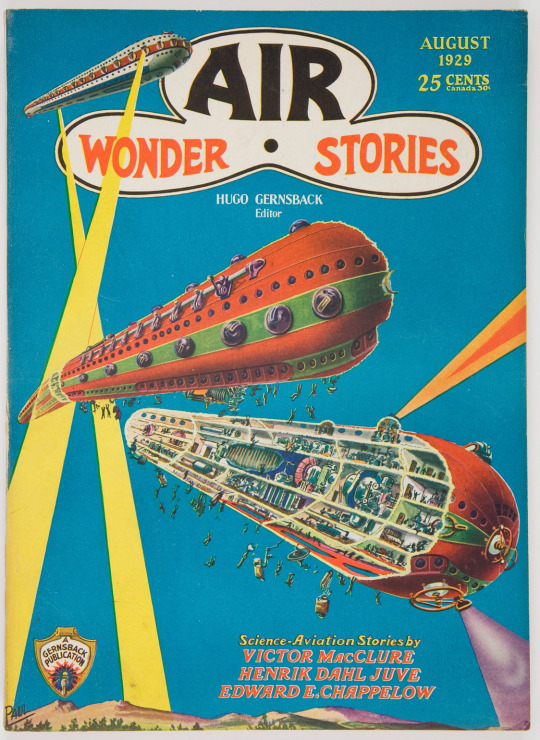
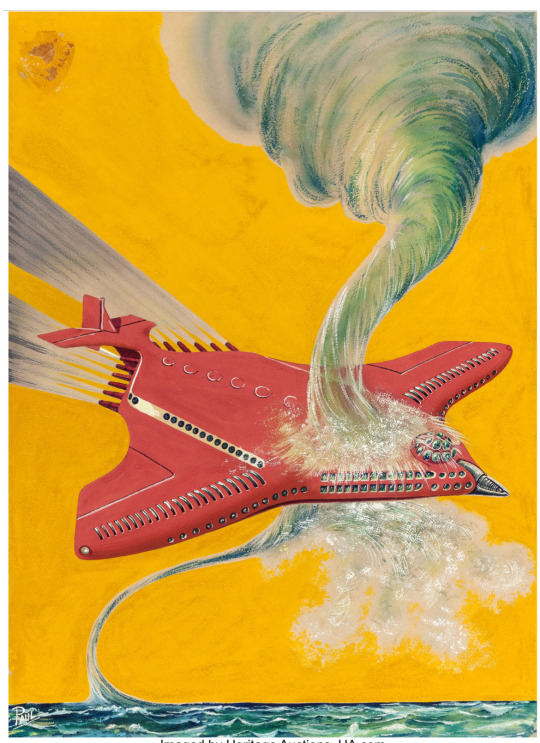
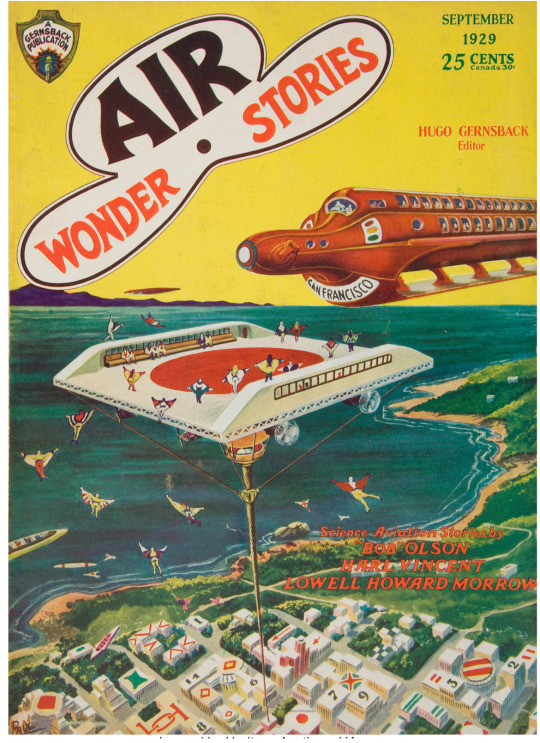
#futurism#illustration#science fiction#space#technology#trains#ships#1920s#1930s#vintage#graphic art#comics#pop culture
29 notes
·
View notes
Text
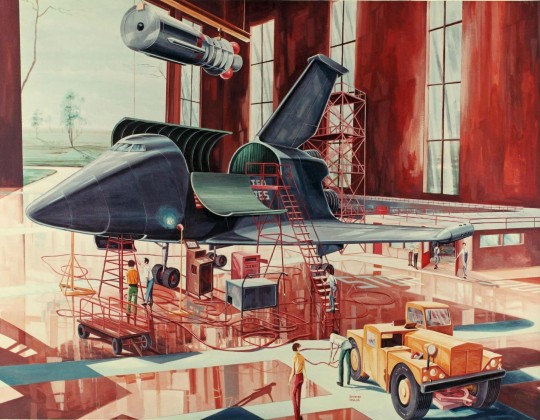
NASA North American DC-3 space shuttle concept, 1969.
Art: Spencer Taylor Designer: Maxime Faget
#technology#space exploration#spacecraft#space shuttle#concept art#NASA#North American DC-3#Spencer Taylor#Maxime Faget#USA#1969
89 notes
·
View notes